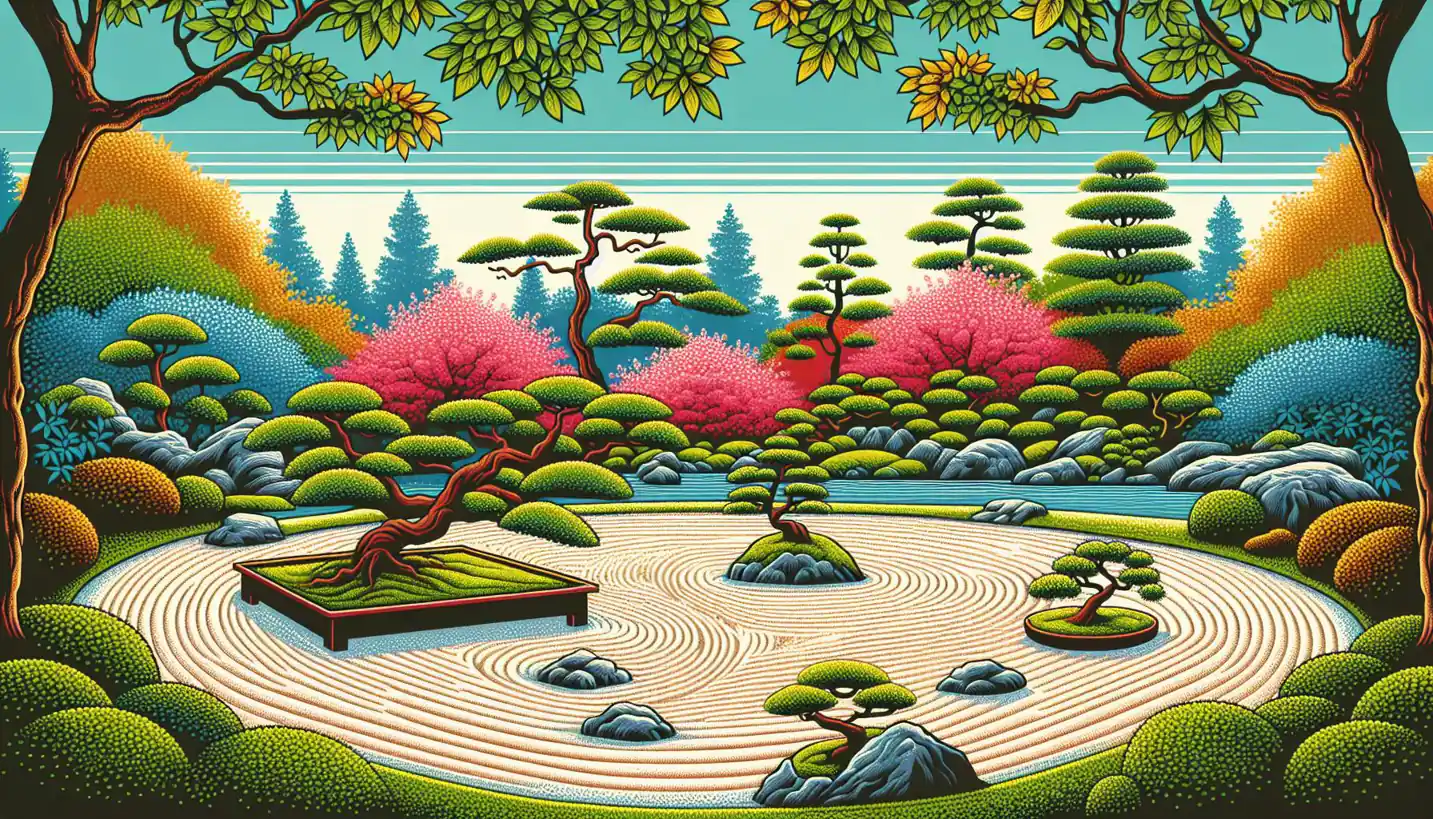· Geography · 5 min read
Anthropocene: A New Chapter of Earth's Story
The Anthropocene marks a new chapter in Earth's history, defined by human impact on the planet’s geological processes.

The idea of the Anthropocene sparks curiosity because it suggests that humans have become a force of nature, shaping the planet’s destiny. So, what’s the backstory here? The term “Anthropocene” comes from two roots: “anthropo” meaning human, and “cene” meaning new. It’s like humankind has opened a new chapter in Earth’s long and storied history. Let’s dive into this fascinating narrative and explore what it really means for our world.
The Anthropocene is the name proposed for a new geological epoch, following the Holocene, which started about 11,700 years ago after the last Ice Age. This concept centers around the idea that humans have significantly altered the Earth’s geology and ecosystems. It’s interesting to think that our cities, farms, and industries have made marks as significant as natural processes like volcanic eruptions or continental drift.
How Did We Get Here?
The story of the Anthropocene begins with the Industrial Revolution in the late 18th century. Factories began spewing out pollutants, people moved into cities, and our appetite for coal, oil, and gas took off. These changes ushered in not just the age of industry but also a time when our carbon footprints began to leave an indelible mark on the planet.
It’s like the Earth started keeping a diary, and on each page, there’s more data from human activities: rising carbon dioxide levels, deforestation, plastic pollution, and even nuclear fallout. All of these changes are interwoven into Earth’s systems, affecting climate, wildlife, and ocean currents.
Why the Anthropocene Matters
One reason the Anthropocene calls our attention is that it underscores the immense influence humans have on the planet. This isn’t just a shift in climate patterns or landscapes; it’s a transformation of Earth’s ecological and geological framework. Our actions have accelerated the extinction of species, altered landscapes, and driven the planet to the brink of some unprecedented changes.
These shifts have far-reaching consequences for biodiversity and ecosystems. Consider coral reefs, often dubbed the “rainforests of the sea.” Human-driven changes like ocean acidification and warming temperatures are threatening these vibrant ecosystems. Reefs support a quarter of all marine life, so their decline disrupts food webs and affects millions of people who rely on them for food and livelihoods.
Is the Anthropocene Official?
The question of whether we’re officially in the Anthropocene is still up for debate among scientists. To declare a new epoch, experts need substantial evidence that these human-induced changes are distinct and global. They debate over when exactly the Anthropocene began. Some argue it started with the Industrial Revolution, while others point to a mid-20th-century period, sometimes called the “Great Acceleration,” when human impacts skyrocketed.
The decision to officially mark this epoch lies with the International Commission on Stratigraphy. They consider physical evidence, like layers in rock, ice cores, and sediments, which can tell Earth’s story over millennia.
The Ethical Dimension
Thinking about the Anthropocene also raises deeper ethical questions. If humans are powerful enough to reshape the planet, what responsibilities do we carry? How do we balance development with sustainability? Imagine if Earth is a shared home—it’s up to us to clean up and keep it inhabitable for everyone, including future generations.
Some suggest concepts like “stewardship” or “Earth care” to guide how we interact with our world. These ideas encourage us to use resources wisely, preserve habitats, and reduce waste. They invite us to rethink our relationship with the planet, adopting practices that benefit both humans and the wider ecosystem.
A Catalyst for Change
Acknowledging the Anthropocene can serve as a wake-up call, sparking action to address environmental challenges. It can inspire policies aimed at reducing carbon emissions, protecting natural habitats, and innovating sustainable technologies.
Take renewable energy, for instance. As awareness of our impact on the climate grows, so does investment in solar and wind energy. These alternatives to fossil fuels offer a glimpse into a more sustainable future. They’re part of a broader movement towards cleaner, greener ways of living.
What’s Next?
The story of the Anthropocene is still being written, and we have a part to play in shaping its next chapters. The choices we make today—how we consume, recycle, and generate energy—will leave their own marks on the planet.
It’s essential to foster education and discussions around environmental issues, encouraging everyone to think critically and creatively about solutions. By engaging with science, policy, and community action, we can steer the planet toward a more stable and healthy future.
In essence, the Anthropocene invites us all to ponder our role on Earth. Can humanity harness its power to not just transform, but also to heal and innovate? The challenge is immense, but so is the potential for positive change. The Anthropocene might just be the perfect opportunity to reset and imagine a world where human activity and natural systems exist in harmony.
By viewing ourselves as active participants in Earth’s narrative, we can become more mindful of our impacts and more intentional in our actions. The Anthropocene is more than a scientific term; it’s a call to recognize our power and perhaps, most importantly, our shared responsibility.

